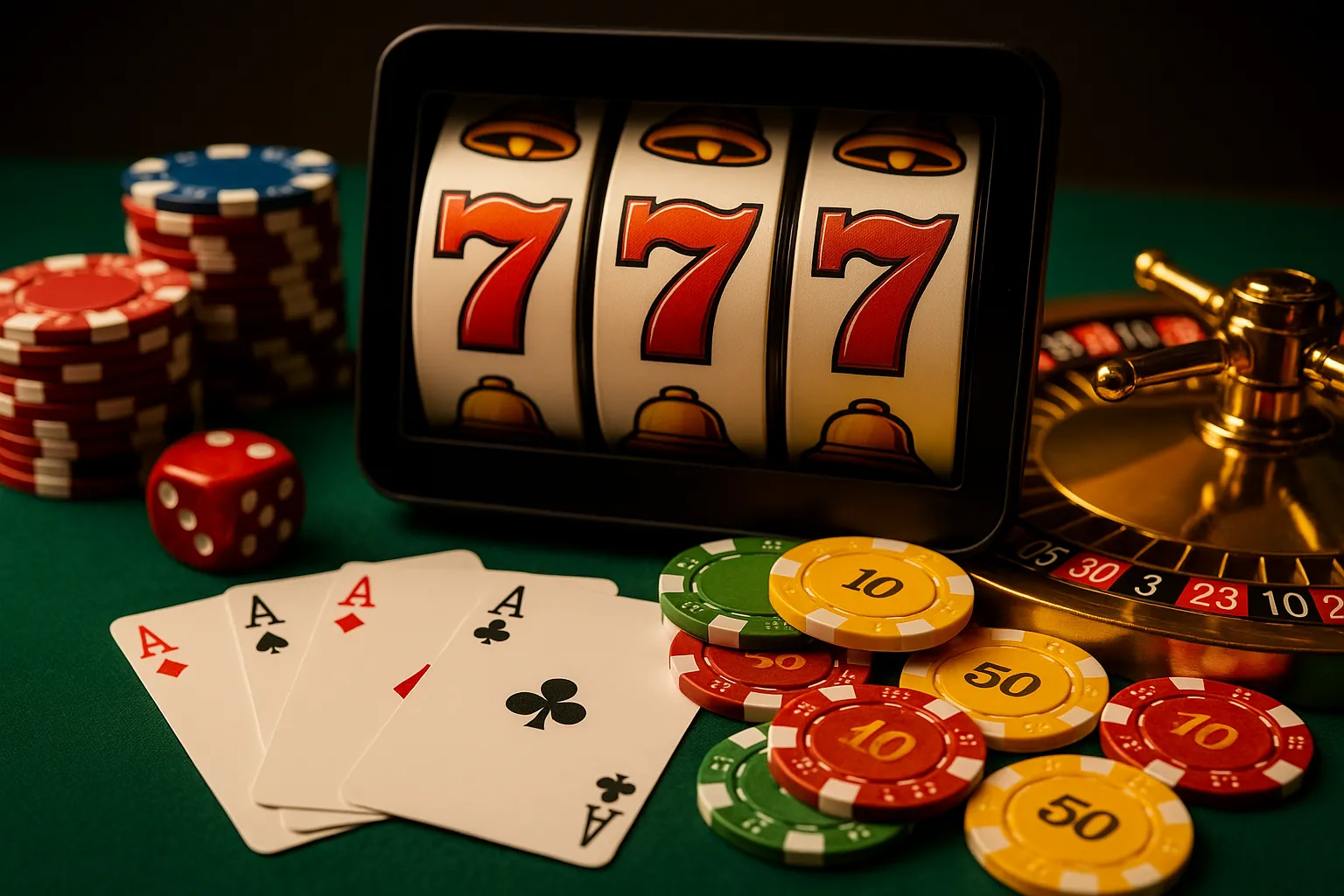If you’ve ever played online slots, you’ve likely come across the term RTP — short for “Return to Player.” At first glance, it sounds straightforward: the higher the RTP, the better your chances of winning. But what does it really mean in practice? And how does it influence the way players experience wins over time? As someone who’s spent years testing different slots across various platforms, I can tell you that RTP is one of the most misunderstood aspects of casino gaming.
What Does RTP Actually Mean?
RTP is expressed as a percentage and indicates how much of the money wagered on a slot machine is theoretically paid back to players over a very long period of play. For example, a slot with a 96% RTP should, on average, return £96 for every £100 wagered. But here’s the catch: this is based on millions of spins, not a single gaming session.
In real terms, RTP is less about predicting your short-term outcomes and more about giving you a statistical framework for what to expect in the long run. While you might win big in one session, you could also lose more than you anticipate in another. That’s why some players prefer exploring different platforms, including betting sites not on gamstop, where slot selections and RTP offerings may vary more widely than mainstream casinos.
The Impact of High vs. Low RTP Slots
A slot with 97% RTP might sound like a guaranteed winner compared to one with 92%, but the difference reveals itself gradually. Over thousands of spins, the higher RTP slot will generally pay back more to players. However, this doesn’t necessarily mean you’ll see consistent returns in your first few sessions.
Low RTP slots, meanwhile, often rely on heavier volatility. They may pay out less frequently but have bigger jackpots or bonuses. This is why some players still prefer them — the thrill of hitting a rare but significant win outweighs the smaller steady returns of higher RTP machines.
How Variance and Volatility Interact with RTP
Variance and volatility are crucial when understanding RTP. A high RTP slot can still feel brutal if it’s highly volatile. For example, you might go through long losing streaks before hitting a significant payout. Conversely, a lower RTP but low-volatility slot may deliver smaller, more regular wins, keeping players engaged longer.
This balance shapes the psychological experience. Some players enjoy the adrenaline rush of waiting for that big hit, while others prefer steady payouts that stretch their bankroll. RTP by itself doesn’t tell you which type of game you’re dealing with — you need to consider volatility alongside it.
Why RTP Doesn’t Guarantee Short-Term Results
A big misconception is that RTP guarantees your session outcomes. Many new players assume that playing a 96% RTP slot means they can’t lose more than 4% of their stake. This simply isn’t true. RTP is an average over millions of spins, not a safety net for your budget.
That’s why bankroll management remains critical. Even on a high RTP slot, you can burn through your funds quickly if you’re betting aggressively and variance isn’t in your favor.
Real-World Example: Testing Slots with Different RTPs
A friend and I once tested two slots side by side, one with a 95% RTP and one with 97%. After 500 spins each at the same stake, I actually lost more money on the higher RTP slot. Why? Variance was against me in that short sample size. Over the long run, the math would balance out, but in the moment, RTP wasn’t a reliable predictor.
This highlights the importance of not chasing short-term results. RTP guides long-term expectations, but luck dominates your individual sessions.
How Casinos Use RTP Strategically
Casinos design RTPs to balance player engagement and profitability. They know that offering a range of RTPs and volatility levels appeals to different player types. Slots with lower RTPs might have exciting themes, jackpots, or bonus rounds that mask their tighter payouts. Meanwhile, higher RTP slots may be plainer but attract more cautious players.
For operators, it’s about offering variety while maintaining profitability. For players, the key is recognizing these strategies and aligning your game choices with your goals — fun, longevity, or jackpot hunting.
Managing Expectations with RTP Knowledge
Understanding RTP helps players set realistic expectations. If you know a game has a 94% RTP, you can accept that over time, it’s designed to keep more of your money. If you choose a 97% slot, you know it’s mathematically fairer in the long term, but that doesn’t mean instant results.
Smart players use RTP as one factor among many — alongside volatility, bonus features, and personal enjoyment — to pick games that suit their style.
Final Thoughts
Slot RTP percentages are often misunderstood but play a vital role in shaping how players experience wins and losses over time. They don’t guarantee short-term results but act as a statistical guide for long-term expectations. The real value of understanding RTP is in managing your mindset: accepting the role of variance, choosing slots that fit your style, and avoiding the trap of expecting guaranteed returns.
While higher RTPs give you slightly better odds, your personal enjoyment and responsible play are what truly matter. By combining knowledge of RTP with bankroll discipline and game awareness, you can make your slot sessions more rewarding — whether your wins come quickly or gradually over time.





